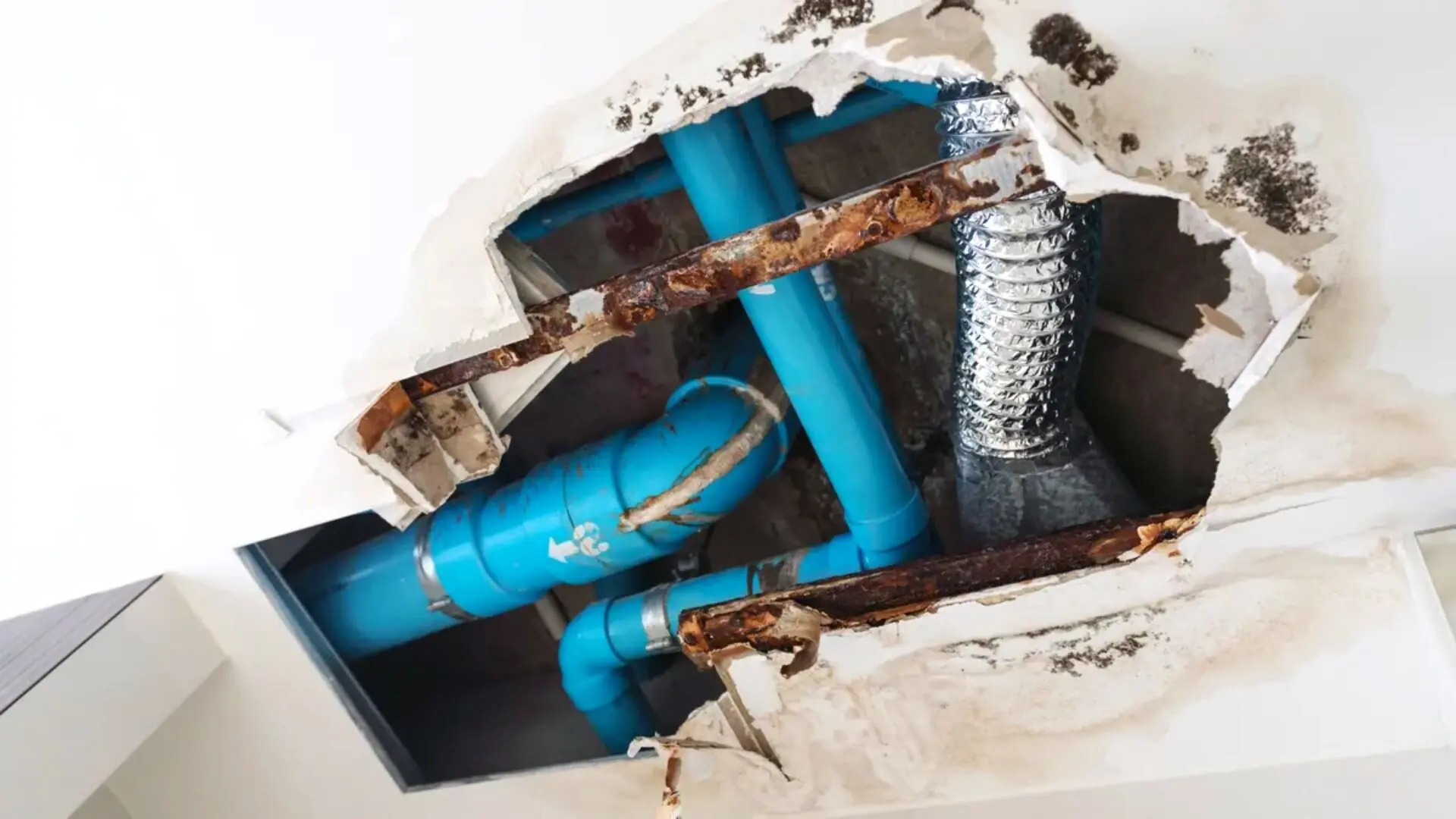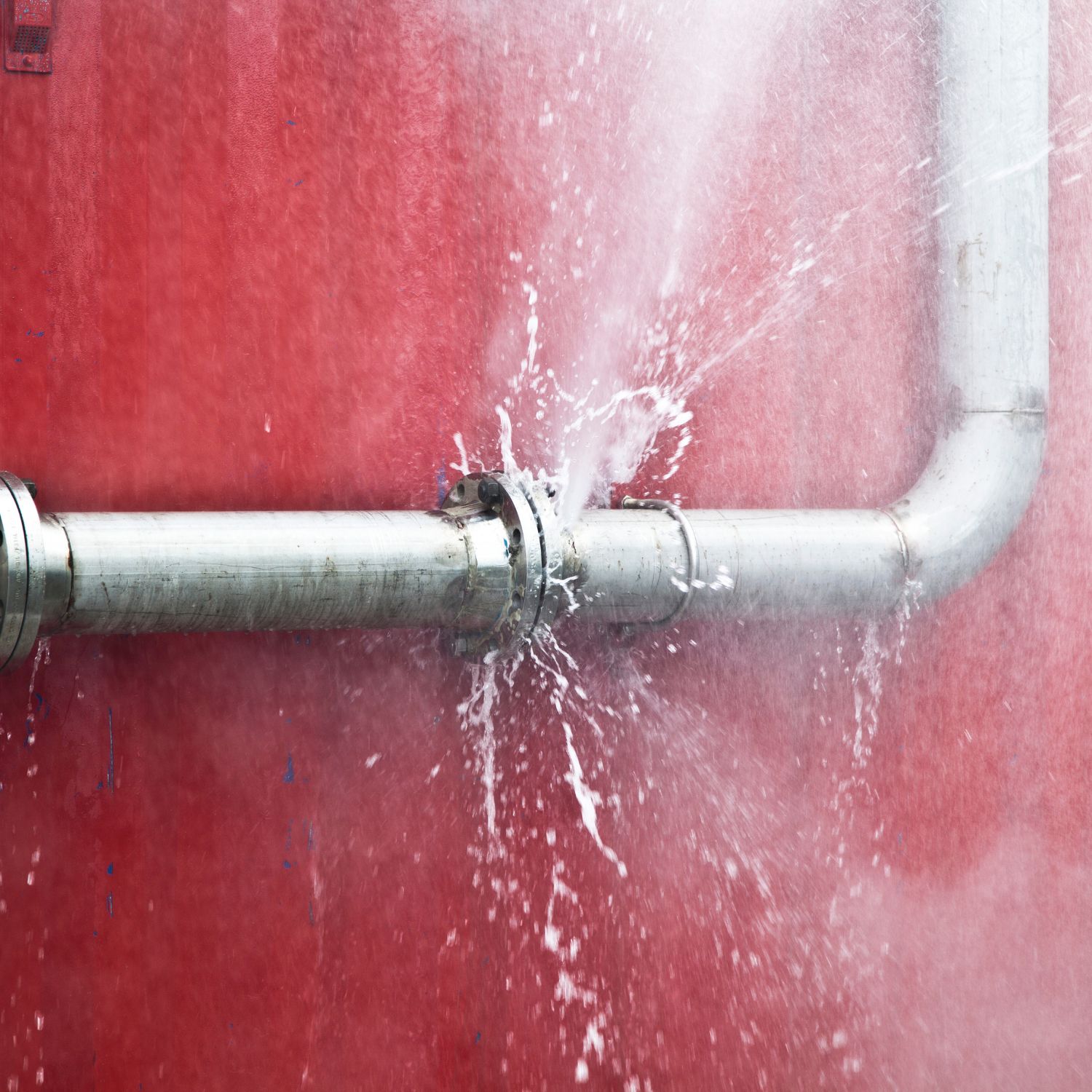Signs of a Burst Pipe: How to Identify and Address the Issue Before It Escalates
Signs of a Burst Pipe: How to Identify and Address the Issue Before It Escalates
Blog Article
Preventing Burst Piping: Necessary Tips to Protect Your Plumbing
Protecting against ruptured pipes is a vital worry for homeowners, particularly throughout colder months when the risk of freezing is enhanced. Carrying out critical actions such as correct insulation, regular evaluations, and preserving constant indoor temperatures can significantly minimize the likelihood of pipeline failure. Furthermore, comprehending emergency treatments equips property owners to respond swiftly to possible pipes concerns. Numerous are uninformed of the certain susceptabilities that their pipelines might face. Discovering these susceptabilities can give invaluable understandings right into securing your pipes system effectively.
Understand Pipe Vulnerabilities
Understanding pipeline vulnerabilities is essential for effective pipes upkeep and avoiding costly damage. A number of variables add to the susceptibility of pipes to bursts, consisting of product structure, age, and environmental conditions. Older pipelines, especially those made from galvanized steel or polybutylene, usually break down over time, bring about raised risk of leaks and ruptures.
Temperature level changes can additionally substantially effect pipeline honesty. In colder environments, water trapped in pipelines can freeze, expanding and applying stress on the pipeline walls, which may inevitably result in a ruptured. In addition, high water pressure can stress pipes, specifically at joints and bends, increasing the likelihood of failure.

Insulate Water Lines Appropriately
Correct insulation of pipelines is vital for avoiding freezing and subsequent bursts throughout cold climate (burst pipe). Insulating your plumbing system efficiently safeguards against temperature level goes down that can bring about expensive damage. Begin by determining vulnerable areas where pipes are revealed to exterior temperature levels, such as cellars, attics, and outside walls
Use foam pipe insulation sleeves or wrap insulation tape around these locations to supply a protective barrier. Ensure that all sections of the pipelines, specifically those with restricted heat exposure, receive ample insulation. Pay unique interest to installations and joints, as these are extra prone to freezing.
When protecting, it's important to select products that satisfy local building ordinance and are proper for the particular environment. As an example, fiberglass insulation is often recommended for its thermal resistance residential or commercial properties - burst pipe. Additionally, take into consideration utilizing warm cords or tape in extreme problems, which can be plugged in to give additional warmth
Regularly check insulated pipes for any type of signs of wear or damage, as compromised insulation can diminish its efficiency. By taking these proactive steps, you significantly reduce the threat of pipeline bursts, making certain a trustworthy pipes system throughout the winter season.
Maintain Regular Temperature Level
A stable interior temperature level is vital for preventing burst pipes throughout the freezing months. When temperatures drop, water within pipelines can ice up, producing and expanding stress that may eventually cause the pipes to ruptured. To alleviate this danger, homeowners must maintain a regular temperature throughout their living area, preferably no less than 55 ° F(13 ° C)Utilizing a view it programmable thermostat can aid handle interior temperatures successfully, guaranteeing that rooms with plumbing continue to be cozy also Full Report when your home is empty. Pay unique focus to locations that are much more at risk to cold, such as basements, garages, and attics. Maintaining closet doors open under sinks can likewise permit warmer air from the home to circulate around plumbing.
This minor circulation of water can stop cold by reducing pressure within the pipes. By carrying out these techniques, homeowners can dramatically lower the danger of pipeline bursts and secure their pipes systems against the extreme winter months components.
Regularly Examine Pipes
Normal evaluations of plumbing systems are crucial for avoiding ruptured pipelines and maintaining overall home stability. Throughout these assessments, it is crucial to check out noticeable pipelines for indicators of rust, leakages, or wear.
In addition, inspecting connections and joints is vital, as these points are usually vulnerable to leakages. Property owners ought to likewise examine water stress degrees, as excessive stress can strain the plumbing system and boost the danger of pipe bursts.
Consider organizing professional pipes evaluations at the very least when a year, specifically before winter season, to guarantee your system is prepared for colder temperature levels. By being positive in your strategy, click to investigate you can guard your home versus the expensive and disruptive consequences of burst pipes.
Know Emergency Situation Procedures
Recognizing emergency treatments is vital for every home owner, especially after carrying out regular plumbing assessments. Being prepared for a plumbing emergency can significantly mitigate damage and save prices.
Next, maintain necessary tools convenient. A pipes emergency set need to include a wrench, bettor, and towels, as well as a flashlight and a bucket for small leaks. In addition, think about having the call details for a relied on plumbing professional readily available, ought to the situation rise past your control.
If you identify a leakage or ruptured pipe, quickly transform off the supply of water and inform your plumbing professional. Record the damages with photos for insurance purposes. Recognize the indications of potential plumbing concerns, such as unusual water stress changes or damp places on walls
Inevitably, positive expertise and swift action are crucial in taking care of plumbing emergencies, guaranteeing your home continues to be protected and lessening potential damages.

Conclusion
In verdict, protecting against ruptured pipes demands a complex approach that consists of understanding pipe susceptabilities, proper insulation, keeping consistent interior temperature levels, regular evaluations, and understanding of emergency treatments. By implementing these vital methods, the risk of pipes failings can be dramatically decreased, thus making sure the durability and effectiveness of the pipes system. Proactive procedures not only secure against possible damage yet also add to overall water preservation and the protection of property.
In cooler environments, water caught in pipes can freeze, increasing and putting in stress on the pipeline wall surfaces, which may inevitably lead to a ruptured. When temperature levels decrease, water within pipelines can freeze, broadening and producing pressure that may ultimately cause the pipes to burst. By executing these approaches, homeowners can dramatically minimize the danger of pipeline ruptureds and guard their plumbing systems versus the rough winter season components.

Report this page